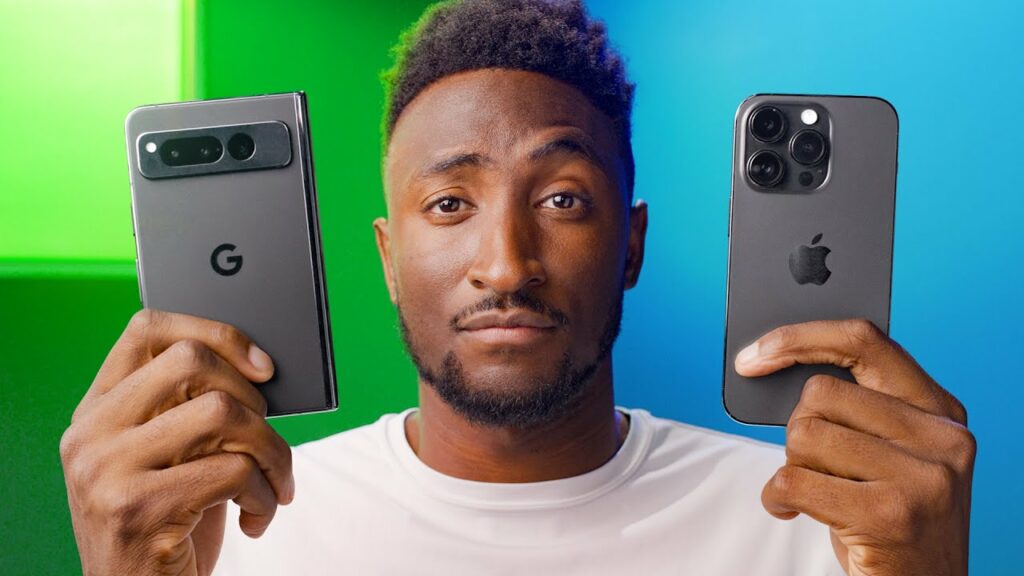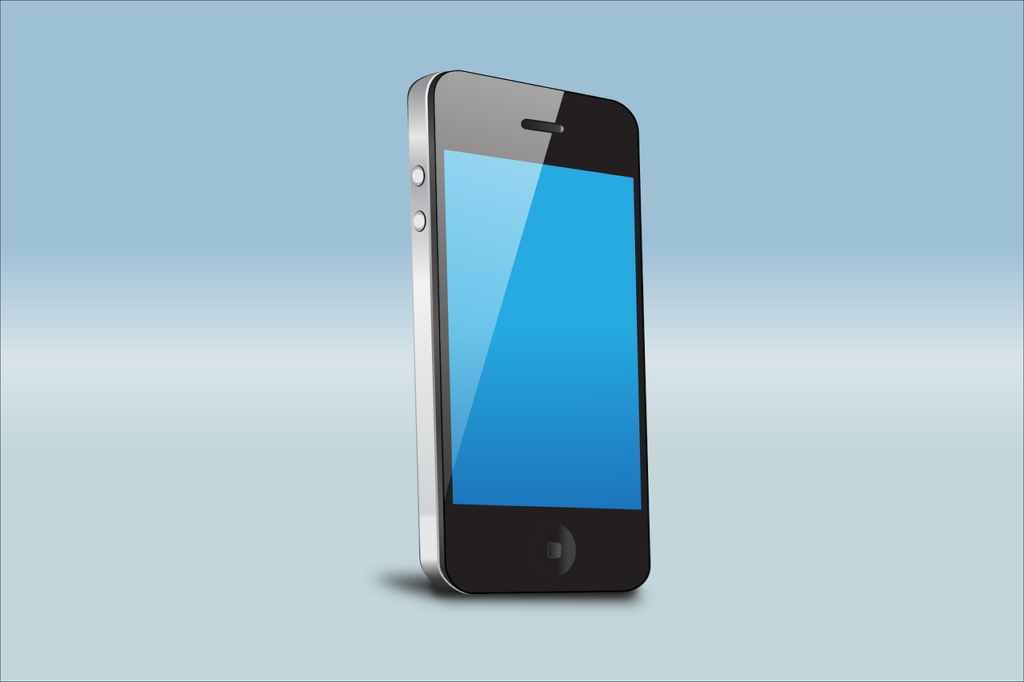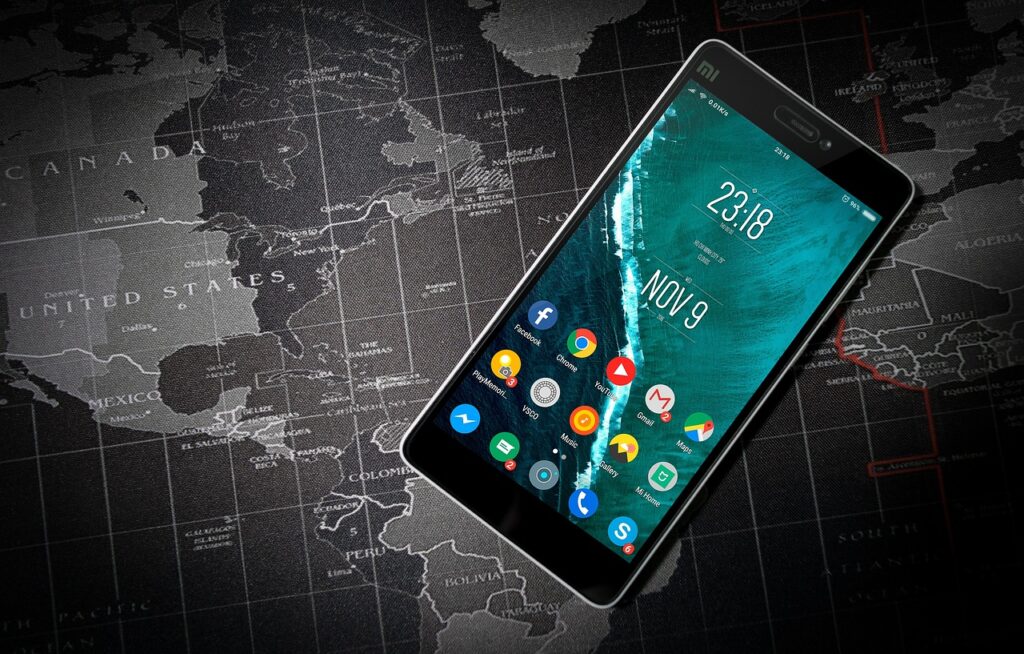The article titled “App Availability and Updates: iPhone vs Android” provides a comprehensive comparison between the two popular smartphone platforms. The article is based on a video by Marques Brownlee, where he analyzes seven categories: customization, features, ease of use, support/updates, apps, excitement, and ecosystem. It highlights that Android offers more options and flexibility in terms of customization, while iPhone excels in ease of use and simplicity. The article also emphasizes that iPhone provides better support and updates, with a longer software update support compared to most Android phones. Furthermore, it discusses the availability and quality of apps on both platforms and the complexities and challenges faced by developers in updating and optimizing apps for Android. The article concludes by stating that choosing between iPhone and Android is a personal decision dependent on individual preferences and needs, as there is no objective winner.
Customization
Android offers more options and flexibility compared to iOS. For those who enjoy personalizing their device and making it unique to their preferences, Android is the clear winner. Android allows users to dig into the settings and customize their home screen and lock screen to their heart’s content. Users can tweak settings and behaviors to make the device absolutely perfect for them. With Android, users have more control over the appearance and functionality of their device. They can change the colors of the theme of the operating system, match it with their wallpaper, use icon packs, and even customize widget sizes. Android truly lets users do whatever they want and provides a greater level of customization compared to the iPhone. On the other hand, iOS, while having made improvements in recent updates, still restricts users to doing things the Apple way. Users cannot expand widgets to any size they want, place apps wherever they want on the home screen, or change the grid or icon sizes without a considerable amount of extra work. While iOS may have added some customization options, Android remains the platform for those seeking maximum customization abilities.
Features
Android also offers more features and customization options compared to iOS. Both platforms have matured and now offer a wide range of features, but Android edges out iOS with its vast array of OS-level features. Android provides users with features like battery management features, the ability to customize charging speeds, set manual charge limits to preserve battery life, an actual file management system, gaming-specific features like game modes, the ability to adjust screen refresh rates, and independent volume controls for phone calls, ringtones, and alarms. Android’s feature set is more expansive, granting users a greater degree of control and options. While both platforms often copy features from each other, Android still possesses more “tweaky” features and options that are not yet available on iOS. Furthermore, Android’s hardware choices also contribute to its feature superiority. If a user desires features like a huge camera with no notch, super-fast charging, a specific camera setup, or USB Type-C, they will have to opt for an Android phone. With more feature choice in both software and hardware, Android takes the lead in the features category.

Ease of Use
While Android offers more customization and features, iPhone excels in ease of use and simplicity. The iPhone has long been recognized for its user-friendly interface and intuitive design. Apple prioritizes ease of use and maintains a consistent user experience across all iPhone devices. From the home screen layout to the placement of icons and settings, the iPhone provides a seamless and straightforward user experience. For non-enthusiasts who simply want a device that works without any hassle, the iPhone is often the preferred choice. Apple’s dedication to simplicity is evident in the unchanged design of the home screen, camera app, and calculator, as well as the minimal amount of bloatware loaded onto the device. Additionally, Apple’s customer service is highly regarded, with Apple stores available for in-person support and assistance. This accessibility and commitment to customer satisfaction further contribute to the ease of use of the iPhone. While Android offers more options and customization, the iPhone’s user-friendly interface and simplicity make it popular among those who prioritize ease of use.
Support/Updates
When it comes to support and updates, iPhone takes the lead. Apple provides better support and longer software update support compared to most Android phones. Apple actively releases updates and security patches for a longer duration, ensuring that users have access to the latest features and security enhancements. This extended software update support allows iPhone users to enjoy the benefits of new features and improvements for a longer period. In contrast, most Android phones receive updates for a limited time, and the duration varies depending on the manufacturer and device model. This disparity in support and updates is a significant factor to consider when choosing between the two platforms. For those who value receiving regular updates and staying up to date with the latest software, iPhone offers a more favorable experience.

App Availability
Both the App Store (iOS) and Google Play Store (Android) have a large number of apps available for download. However, there are some differences between the two platforms. iPhone’s App Store is known for its quality apps, with a more rigorous review process that ensures a higher standard of app quality. On the other hand, while the Play Store does not have the same level of app review as the App Store, it offers a wider selection of apps, including some that may not meet Apple’s stricter guidelines. Many major apps are available for both iOS and Android platforms, so users can typically find the apps they need regardless of the operating system they choose. When it comes to app availability, both platforms offer a variety of options, but the iPhone’s App Store stands out for its quality standards.
App Updates
Developers often prioritize iOS for updates due to its efficiency and easier compatibility with iPhones. The iOS platform provides a more streamlined and standardized development environment, allowing developers to optimize their apps for a consistent user experience across different iPhone models. This efficiency, coupled with a smaller number of device types and aspect ratios, makes it easier for developers to update and optimize their apps for iOS. In comparison, the Android platform presents more complexities, including different device types, various screen sizes, and aspect ratios. These challenges often make it more challenging and time-consuming for developers to update and optimize apps for the entire Android ecosystem. As a result, some developers prioritize iOS for updates, and certain apps and updates may be available on iOS before Android. Even Google, the creator of the Android platform, has been known to prioritize iOS over Android for certain app updates. Consequently, the iPhone holds a slight advantage in terms of app availability and timely updates.

Excitement
Android offers a wide variety of innovations and features, making it more exciting for users. With its open-source nature and vast ecosystem of devices, Android pushes the boundaries of what is possible in terms of customization and features. Android devices come in various form factors, offering unique hardware choices and innovations. From foldable phones to devices with high refresh rate displays, Android offers a more diverse range of options for users who seek cutting-edge technology. Additionally, Android’s customizable nature allows users to experiment and personalize their devices, sparking excitement and creativity. For those who enjoy exploring the latest innovations and experimenting with new features, Android provides a more exciting platform.
Ecosystem
Both Apple and Samsung have their ecosystems, each with its own strengths. Apple’s ecosystem is known for its ease of use and seamlessness. The integration between Apple devices, such as iPhones, iPads, Macs, and Apple Watches, is seamless and allows for effortless synchronization of data, apps, and services. The continuity across multiple devices provides a cohesive user experience and enhances productivity. On the other hand, Samsung’s ecosystem offers more flexibility and hardware choice. Samsung’s ecosystem extends beyond smartphones and includes a range of devices such as tablets, smartwatches, and smart home devices. The flexibility to choose from a variety of Samsung devices allows users to create a customized ecosystem that suits their needs. Samsung’s ecosystem also supports integration with third-party devices and services, providing users with more options. Whether users prioritize ease of use and seamlessness (Apple) or flexibility and hardware choice (Samsung), both ecosystems offer unique advantages.

Factors to Consider
Choosing between iPhone and Android is a personal decision that depends on individual preferences and needs. There are several factors to consider when making a decision:
- Customization: Android offers more options and flexibility for customization, allowing users to personalize their device to a greater extent.
- Apps: Both platforms have a large number of apps, but iPhone’s App Store is known for its quality. Consider the specific apps you use and their availability on each platform.
- Excitement: Android offers a wider variety of innovations and features, making it more exciting for users who enjoy exploring new technologies.
- Updates: iPhone provides better support and longer software update support compared to most Android phones. If timely updates are important to you, consider the duration of software updates for each platform.
- Ease of Use: iPhone excels in ease of use and simplicity, making it popular for non-enthusiasts who prefer a straightforward user experience.
- Ecosystem: Consider whether you prioritize ease of use and seamless integration (Apple) or flexibility and hardware choice (Samsung) when it comes to the ecosystem.
Conclusion
There is no objective winner in the iPhone vs. Android debate. Ultimately, the decision comes down to personal preferences and needs. Individuals should prioritize their preferences regarding customization, apps, excitement, updates, ease of use, and ecosystem. Android offers more customization, features, and innovation, while iPhone excels in ease of use, support/updates, and app quality. By weighing these factors and considering which aspects are most important to them, individuals can make an informed decision that best suits their needs and preferences. Whether one chooses an iPhone or Android, both platforms offer a wide range of capabilities and features to enhance the smartphone experience.










